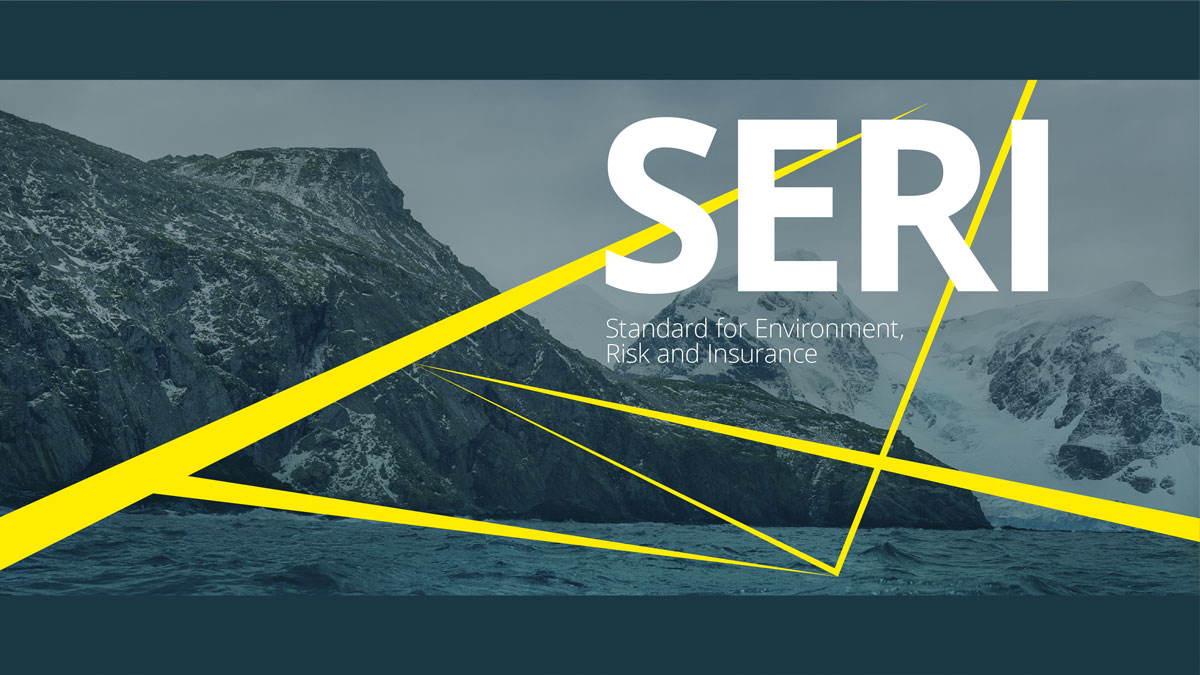
This document is open to comment, click here for the report.
Executive Summary
The insurance industry has a 300+ year history of product innovation that has allowed businesses to focus their efforts on sales, while insurers play a risk mitigation role, freeing up capital for investment. The “Protection Gap” (the difference between total economic loss and that which is insured) continues to rise as the impacts of climate change impact all classes of insurance. The opportunity presented to transition towards net zero business requires a technology enabled data sharing infrastructure. Whilst, Open Data is one solution that is gaining momentum from stakeholders in the insurance space, the reality is that Shared Data, with a trusted governance framework, offers greater opportunities to search, find, access and consume data elements that will support the development of climate-ready financial products.
As momentum builds for green products, insurers need to do more to incentivise net-zero behaviours that go beyond the traditional focus on understanding and building resilience to natural and man-made catastrophes. The Standard for Environment, Risk and Insurance (SERI) business model provides a useful starting point for data discovery to augment the risk factors used in pricing decisions. Access to data allows for greater customisation of product design, more accuracy in pricing that leads to greater transparency for the buyer. The volume of data and the potential for this to explode with the advent of 5G mobile-network technology and the deployment of sensors will allow for real-time risk assessment.
This should lead to more innovative products, likely based on parametric solutions. These in turn offer the potential for truly climate-ready financial products, with insurance offering incentivisation to mitigate as well as being resilient to climate change. The insurance market is trying to embrace digitalisation, not least as a means to reduce acquisition expense ratios. Commercial lines expense ratios have increased from 34% to over 40% from 2013-2018, squeezing tight margins where gross loss ratios are over 60%. The market is highly competitive, with outdated systems and processes built around them. There are massive opportunities to disrupt the market for those that are able to consume data, automate processes and use artificial intelligence to assist with risk selection and pricing. Changing from a Closed Data to Shared Data business model will facilitate this change.

